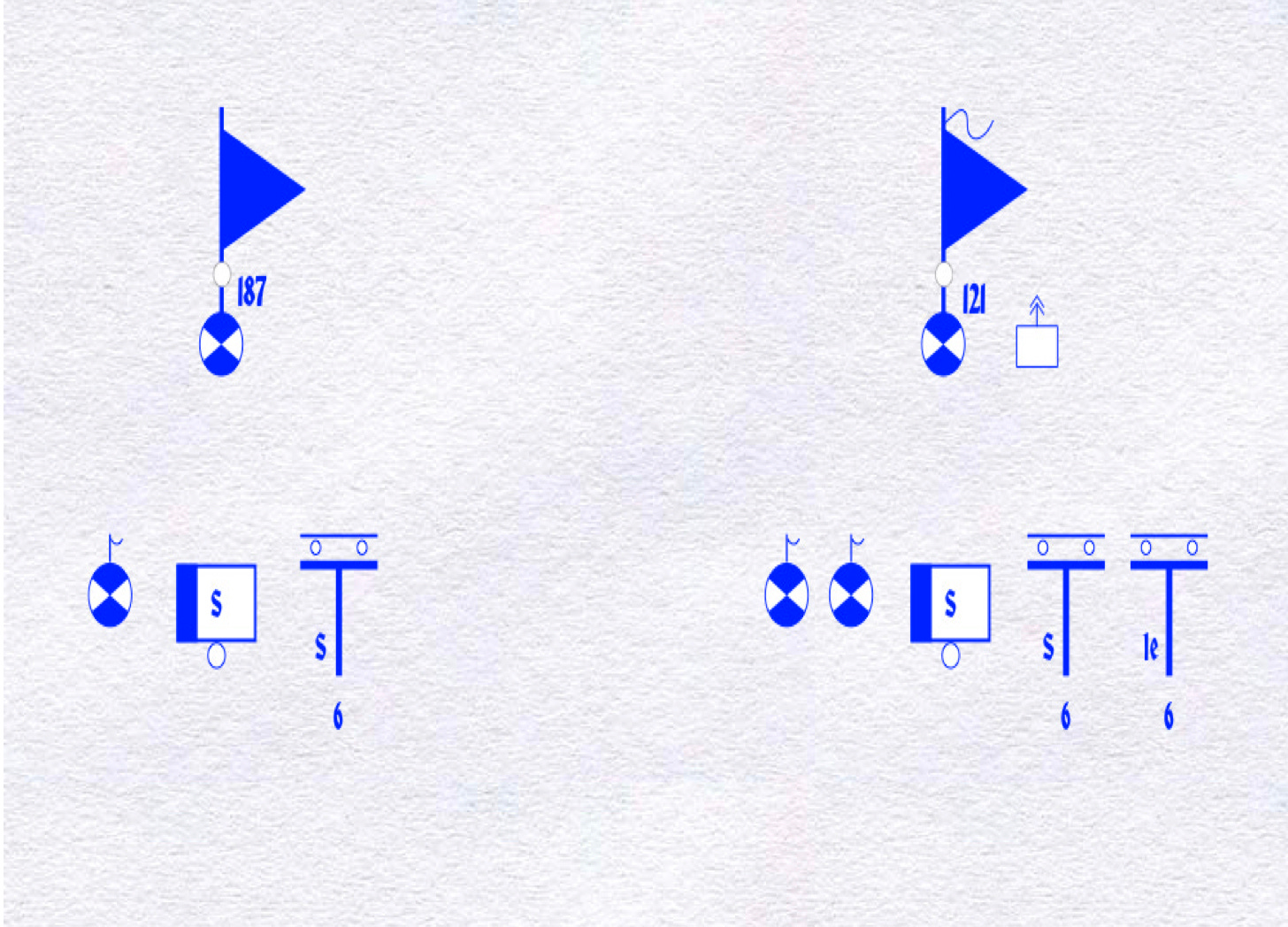Two Reconnaissance Battalions from 1943
The German Army of World War II
In the summer of 1943, the Armored Troops Inspectorate began to design new types of reconnaissance battalions for infantry divisions. As part of that process, it compared the actual organization of two very different division reconnaissance battalions then serving on the Eastern Front.
The first of these battalions was the 187th Fusilier Battalion (Füsilier Bataillon 187), which served both as the division reconnaissance unit and the mobile anti-tank reaction force of the 87th Infantry Division. It consisted of three combatant elements: a line squadron, a heavy squadron, and the 187th Tank Hunter Company (Panzerjäger Kompanie 187.)
The line squadron might well be described as a typical German Army rifle company that had been mounted on bicycles. It consisted of three platoons (each of three squads), a section of two heavy machine guns, and a squad armed with three light (50mm) mortars. (The line squadron had originally been the second line squadron of the battalion. However, when the first squadron, which was mounted on horseback, left the battalion in order to join a horse cavalry formation, the bicycle-mounted squadron retained its old number.)
The heavy squadron (schwere Schwadron) of the 187th Fusilier Battalion was a one-of-a-kind unit armed with a variety of weapons and equipped with many different types of motor vehicles. The former included six 81mm mortars, six 50mm anti-tank guns, four heavy machine guns, two 28mm “squeeze bore” anti-tank guns, two 20mm anti-aircraft guns, and two Czechoslovak 47mm anti-tank guns. While the 47mm anti-tank guns were mounted on the chassis of obsolete tanks, the other heavy weapons were carried in (or pulled by) half-track vehicles, cargo trucks, and fully tracked tractors, none of which were armored.
As its name suggests, the 187th Tank Hunter Company was a formerly independent unit that had been attached the reconnaissance battalion. (This had taken place in May of 1942.) Armed with six heavy (75mm) anti-tank guns, the tank hunter company allowed the battalion to serve as both a reaction force in position warfare and an advanced guard in mobile operations.
The second of the battalions studied by the Armored Troops Inspectorate was the the 121st Quick Battalion (Schnelle Abteilung 121.) Like Füsilier Bataillon 187 (which had only recently changed its name from Schnelle Abteilung 187), the 121st Quick Battalion served both as a means of reacting to local breakthroughs and the forward element in “reconnaissance pull” attacks.
The two line squadrons of the 121st Quick Battalion resembled their counterpart from the 187th Fusilier Battalion. However, instead of a section of two tripod mounted machine guns, each of the 1st and 2nd Squadrons of the 121st Quick Battalion possessed of a squad armed with submachine guns.
The heavy squadron of the 121st Quick Battalion lacked the extra weapons that the 187th Fusilier Battalion had acquired in the course of its service. Thus, it was armed with the standard weapons of a unit of its type: six light (37mm) anti-tank guns, six medium (81mm) mortars, and four tripod-mounted machine guns. (The light anti-tank guns came from the fifth squadron of the battalion. Originally an anti-tank unit, it had just begun the process of transforming itself into a third line squadron.)
The 121st Quick Battalion also contained a platoon of combat engineers. Like the platoons of line companies, it consisted of three squads, each of which carried, in additional to personal weapons, a light machine gun.
Source: Reports submitted in response to a query by the Organization Group of the Inspectorate of Armored Troops (Generalinspekteur der Panzertruppen, Gruppe Organization) dated 12 August 1943. Bundesarchiv/Militärarchiv RH 10/260.
To Support, Share, or Subscribe:




